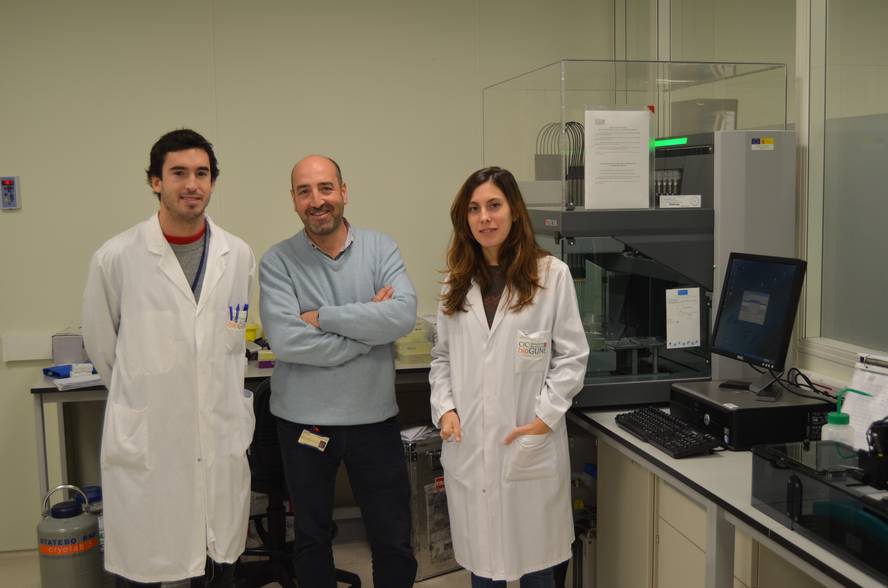CIC bioGUNE researchers discover how homocystinuria is a rare disease

Homocystinuria is an inherited alteration of metabolism, an enzyme defect that causes the accumulation of homocysteine in blood and urine. In fact, the person suffering from this alteration is not able to metabolize homocysteine (a compound that forms when processing an amino acid, methionine). The accumulation of this compound in the body is toxic, so patients with homocystinuria should follow a very special diet and discard foods that increase the production of homocysteine in cells.
As it affects very few people, it is included in the rare disease group: It is usually one in every million children born in Spain. It is a serious disease that causes a mortality rate of 18% among children under 30 years, due to chips. It produces diseases, vascular and ocular alterations, bone deformations and mental deficiency.
Homocystinuria is due to the scarcity of the enzyme cystationine beta synthase (CBS). In the CBS gene encoding this enzyme, affected people have mutations that, in particular, destabilize or override the CBS gene. Now, a work led by researchers from CIC bioGUNE has exposed the molecular mechanism causing the disease and the results have been published in the journal PNAS.
In this work they have clarified the structure of the active CBS gene. You have already seen when this gene is activated: When a small molecule called AdoMet binds to the area that regulates the enzyme. In addition, the article describes how and where AdoMet is fused with the gene and the molecular mechanism of activation and stabilization of the CBS gene.
No treatment
There is currently no treatment for the disease, but if detected at the time of birth some of the adverse effects of the disease can be avoided. To do this, the patient must follow a diet deficient in methionine throughout life and take substances such as beta, folic acid, vitamins B6 and B12 to induce homocysteine to other metabolic pathways. Early detection is therefore fundamental, so recently health authorities have introduced this disease in neonatal screening tests.





